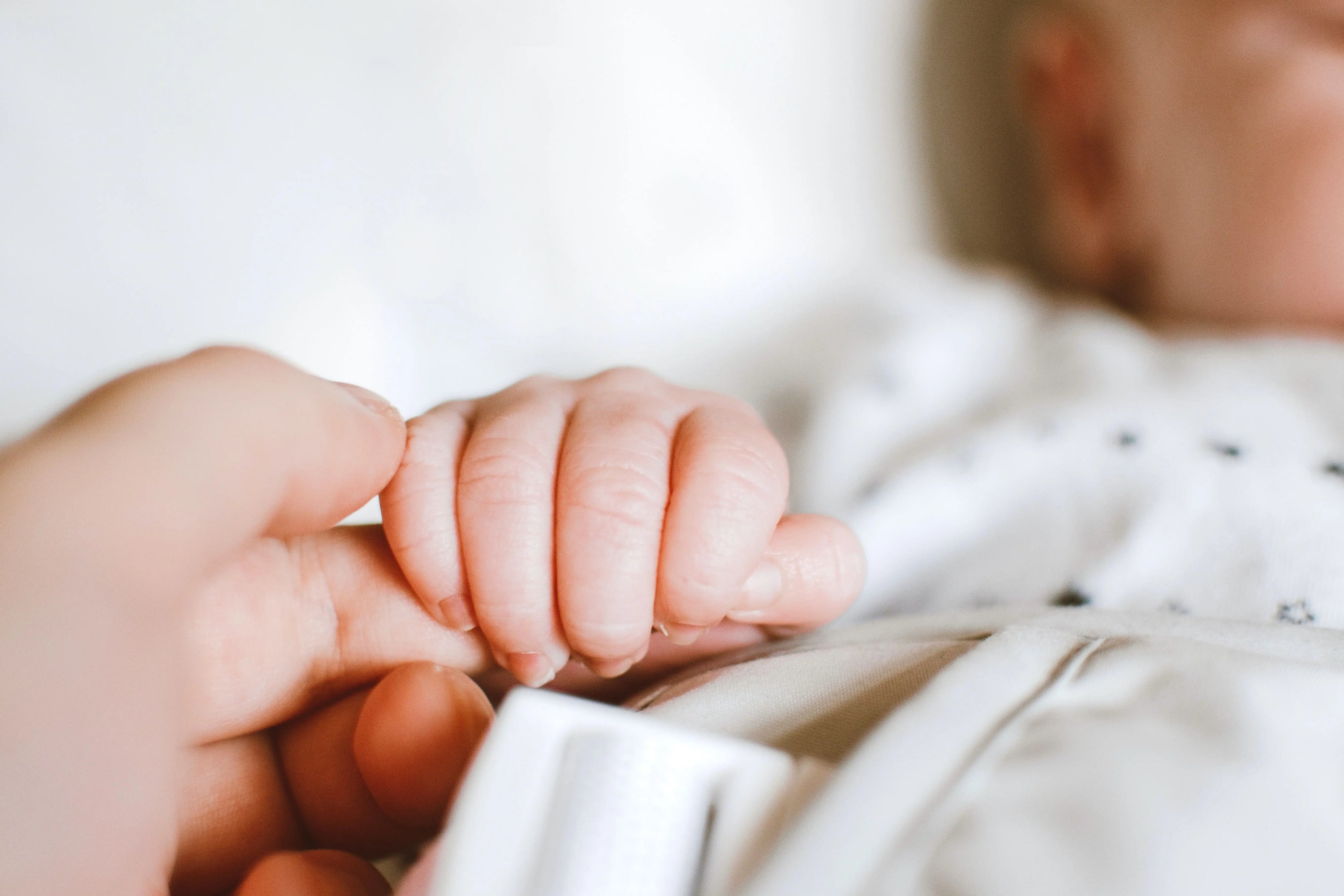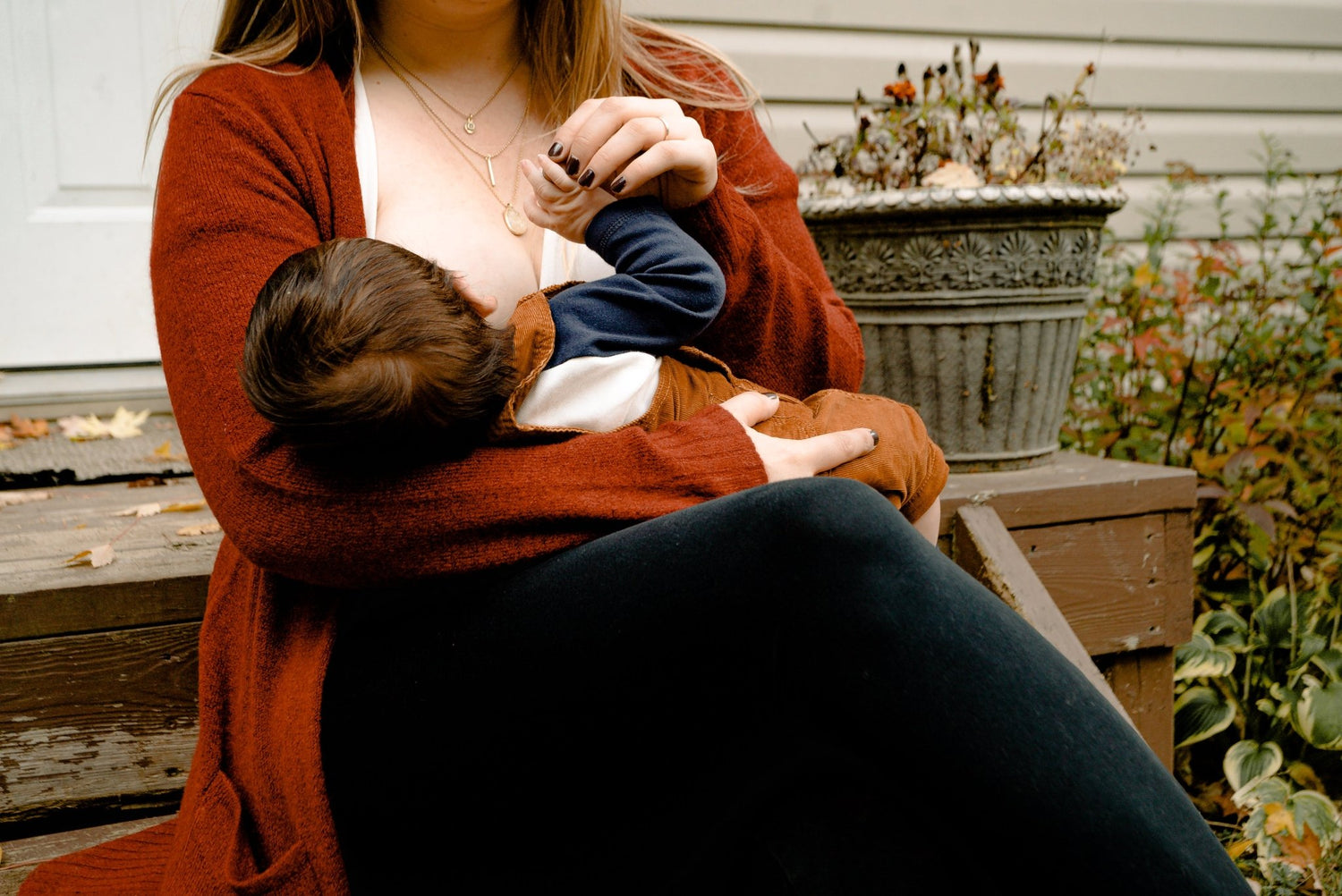The different sleep phases of babies and toddlers
Healthy and sufficient sleep is crucial for the development of babies and toddlers. Babies and children go through different sleep phases that change over time. In this blog post we'll take a closer look at the different sleep phases so that you can understand your little one's sleeping behavior even better!
| Table of contents: |
1. Are sleep phases the same at every age?
An adult human normally goes through around 4-6 sleep cycles per night. Each cycle lasts approximately 90-120 minutes and consists of different sleep phases, including rapid eye movement (REM) sleep and NON-REM (NREM) sleep. REM sleep increases with each cycle repetition.
In comparison, a baby or toddler typically goes through more sleep cycles per night. Newborns typically have shorter sleep cycles of around 50-60 minutes, while older babies and toddlers may have longer cycles of around 60-90 minutes.
It is important to note that the number of sleep cycles and the distribution of sleep phases can vary individually and depend on various factors such as age, development and individual needs.
2. The individual sleep phases and when they take place
Let's now take a closer look at the individual sleep phases.
-
The sleep phase:
- The light sleep phase:
Next comes a light sleep phase. During this phase, babies and young children are more susceptible to external stimuli such as noise or movement. You may wake up more easily and may feel restless. During this phase they may also dream or move in bed. Shortly before awakening/transitioning into the next sleep cycle, this phase repeats itself.
-
The deep sleep phase/NON-REM sleep phase:
The deep sleep phase is the phase of the most restful sleep. Physical regeneration processes take place here. During this phase, babies and toddlers are harder to wake and their muscles are more relaxed. Deep sleep is important for brain growth and development.
-
The REM sleep phase: “The training period for our brain”
REM stands for Rapid Eye Movement and is the phase in which dreams occur. During REM sleep, brain activity and heart rate are increased. Babies may twitch or act restless during this phase. REM sleep is important for cognitive development and learning. Our children process the impressions and stimuli of the day here. The REM sleep phase occurs primarily in the second half of the night. It's important to note that babies and toddlers spend more time in REM sleep than adults. This is necessary due to their rapid development and learning process. While we adults spend around 20-25% of our sleep in REM mode, babies can spend up to 50% or more in this phase.
When it comes to the topic of sleep phases, it is important to take a quick look at the so-called sleep architecture. This term refers to the structure of sleep over the course of the night. For example, more deep sleep phases occur in the first half of the night than in the second half of the night. In REM sleep the situation is exactly the opposite.
3. Why is good sleep important?
The sleep phases of babies and toddlers are not only important for their physical and mental development, but also for their general well-being. Adequate, high-quality sleep helps them to regenerate better, recharge their batteries and regulate their emotions.
We parents can help ensure that our children have a “comfortable” sleeping environment in which they feel safe and secure. A regular sleep routine also helps many children. This helps the children to calm down. For example, a warm bath, reading a story or listening to calming music and cuddling together are suitable.
When choosing routines and processes, it is always important to pay attention to the individual needs of your child. Some children may need more time to fall asleep or have special needs while sleeping, such as a night light or a stuffed animal. Be patient, even if something doesn't work out.
It's normal for babies and toddlers to wake up at night or sleep more restlessly. This may be due to hunger, thirst, or a need for closeness. It is important to pay attention to the child's signals and respond to them.
Overall, it is important that we parents understand that babies and toddlers' sleep patterns can change over time. What works for a newborn may no longer be suitable for a toddler. It takes patience and adaptability to meet the child's sleep needs as they grow.
It is important to always keep in mind that every child has their own sleep pattern. Some need more sleep than average, others less. Some children are early risers, while others like to sleep longer. It is important to respect the child's natural sleeping habits and give them enough time to sleep.
Guest article by Katharina von Massow from Kathis kleine Nachteule
Instagram: katies_kleine_nachteule
Website: www.katies-kleine-nachteule.de





